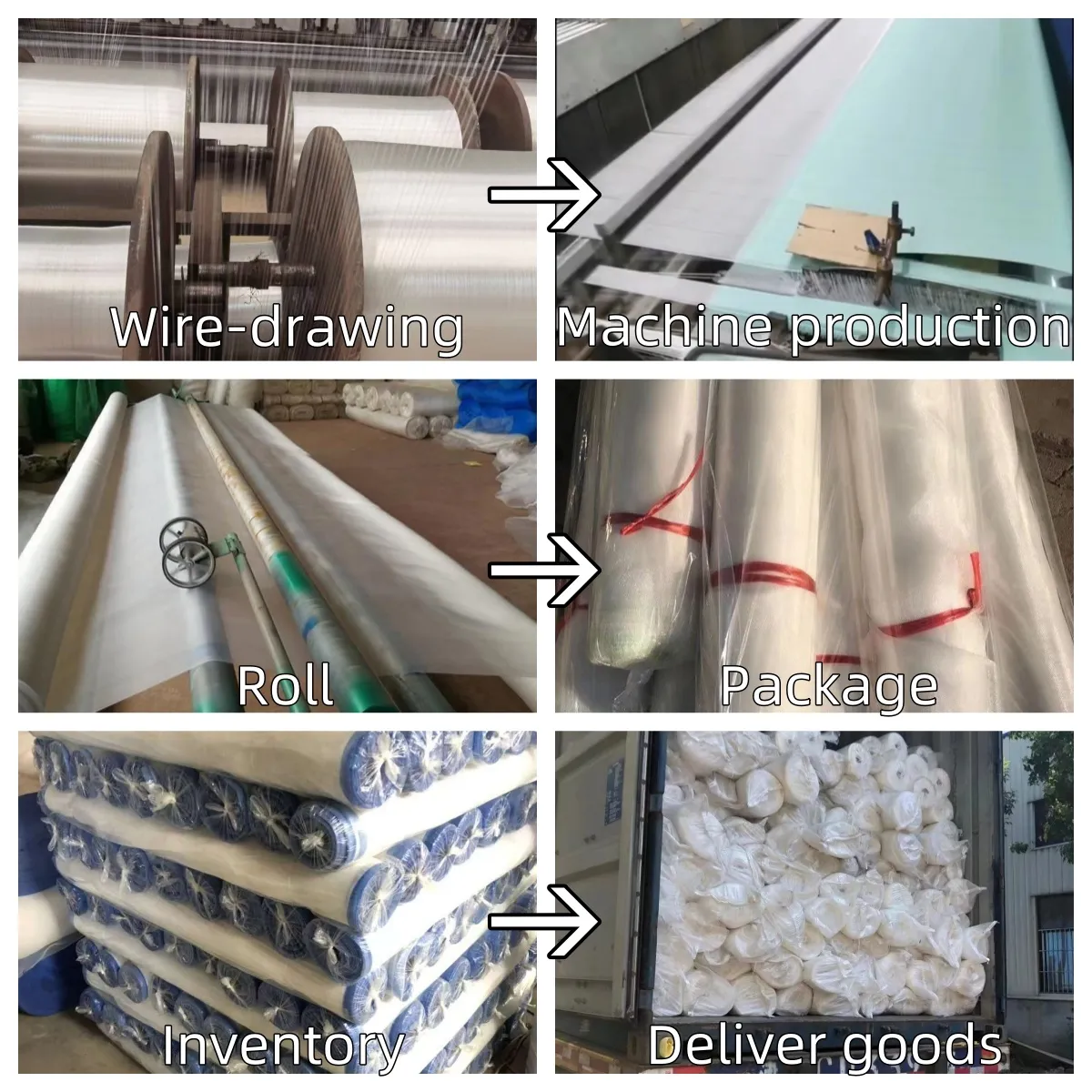-
 Afrikaans
Afrikaans -
 Albanian
Albanian -
 Amharic
Amharic -
 Arabic
Arabic -
 Armenian
Armenian -
 Azerbaijani
Azerbaijani -
 Basque
Basque -
 Belarusian
Belarusian -
 Bengali
Bengali -
 Bosnian
Bosnian -
 Bulgarian
Bulgarian -
 Catalan
Catalan -
 Cebuano
Cebuano -
 China
China -
 Corsican
Corsican -
 Croatian
Croatian -
 Czech
Czech -
 Danish
Danish -
 Dutch
Dutch -
 English
English -
 Esperanto
Esperanto -
 Estonian
Estonian -
 Finnish
Finnish -
 French
French -
 Frisian
Frisian -
 Galician
Galician -
 Georgian
Georgian -
 German
German -
 Greek
Greek -
 Gujarati
Gujarati -
 Haitian Creole
Haitian Creole -
 hausa
hausa -
 hawaiian
hawaiian -
 Hebrew
Hebrew -
 Hindi
Hindi -
 Miao
Miao -
 Hungarian
Hungarian -
 Icelandic
Icelandic -
 igbo
igbo -
 Indonesian
Indonesian -
 irish
irish -
 Italian
Italian -
 Japanese
Japanese -
 Javanese
Javanese -
 Kannada
Kannada -
 kazakh
kazakh -
 Khmer
Khmer -
 Rwandese
Rwandese -
 Korean
Korean -
 Kurdish
Kurdish -
 Kyrgyz
Kyrgyz -
 Lao
Lao -
 Latin
Latin -
 Latvian
Latvian -
 Lithuanian
Lithuanian -
 Luxembourgish
Luxembourgish -
 Macedonian
Macedonian -
 Malgashi
Malgashi -
 Malay
Malay -
 Malayalam
Malayalam -
 Maltese
Maltese -
 Maori
Maori -
 Marathi
Marathi -
 Mongolian
Mongolian -
 Myanmar
Myanmar -
 Nepali
Nepali -
 Norwegian
Norwegian -
 Norwegian
Norwegian -
 Occitan
Occitan -
 Pashto
Pashto -
 Persian
Persian -
 Polish
Polish -
 Portuguese
Portuguese -
 Punjabi
Punjabi -
 Romanian
Romanian -
 Russian
Russian -
 Samoan
Samoan -
 Scottish Gaelic
Scottish Gaelic -
 Serbian
Serbian -
 Sesotho
Sesotho -
 Shona
Shona -
 Sindhi
Sindhi -
 Sinhala
Sinhala -
 Slovak
Slovak -
 Slovenian
Slovenian -
 Somali
Somali -
 Spanish
Spanish -
 Sundanese
Sundanese -
 Swahili
Swahili -
 Swedish
Swedish -
 Tagalog
Tagalog -
 Tajik
Tajik -
 Tamil
Tamil -
 Tatar
Tatar -
 Telugu
Telugu -
 Thai
Thai -
 Turkish
Turkish -
 Turkmen
Turkmen -
 Ukrainian
Ukrainian -
 Urdu
Urdu -
 Uighur
Uighur -
 Uzbek
Uzbek -
 Vietnamese
Vietnamese -
 Welsh
Welsh -
 Bantu
Bantu -
 Yiddish
Yiddish -
 Yoruba
Yoruba -
 Zulu
Zulu
Effective Solutions for Dust Protection Nets in Various Environments and Applications
Dust Protection Nets Essential Shielding for Various Applications
Dust is an omnipresent nuisance that affects numerous environments, from construction sites to agricultural fields, and even in urban settings. It can pose health risks, compromise product quality, and create hazards on work sites. To combat these issues, dust protection nets have emerged as practical solutions that offer effective shielding against airborne particles. This article explores the significance, applications, and benefits of dust protection nets in various industries.
Understanding Dust Protection Nets
Dust protection nets are specialized barriers designed to prevent the infiltration of dust and other airborne particulates. Made from durable materials such as polyethylene or nylon, these nets can be finely woven to provide excellent filtration without restricting airflow. Their design ensures that they can be suspended in various configurations, allowing flexibility in installation across different environments.
Applications of Dust Protection Nets
1. Construction Sites One of the most common applications for dust protection nets is in the construction industry. High levels of dust are generated during demolition, excavation, and construction activities. By erecting dust nets around the perimeter of a work site, construction companies can minimize the dispersal of hazardous materials, thereby protecting workers and nearby residents from respiratory problems and contamination.
2. Agriculture In agricultural settings, dust can arise from soil disturbance, pesticide application, and crop harvesting. Dust protection nets can be used strategically to cover soil or crops, reducing the amount of dust that becomes airborne. This not only helps protect the health of farm workers but also prevents soil erosion and reduces potential losses in crop yield.
3. Industrial Warehouses Warehouses often deal with the storage of powders, grains, and other particulate materials that can generate dust. Using dust nets in these facilities can help control dust emissions during handling and storage, creating a safer working environment and maintaining product quality. This is especially critical in industries where particulate contamination can affect the end product, such as food processing and pharmaceuticals.
dust protection net

4. Urban Areas In cities with frequent construction projects, dust protection nets can act as a shield against urban dust generated by vehicular traffic and construction activities. They can be installed on scaffolding and building facades to help contain dust and improve air quality for residents.
Benefits of Using Dust Protection Nets
- Health and Safety The foremost benefit of dust protection nets is the significant reduction in health risks associated with dust inhalation. By keeping dust contained, these nets help protect workers and the public from respiratory illnesses, especially those with pre-existing conditions.
- Environmental Protection Dust nets play an important role in protecting the surrounding environment. They reduce the spread of contaminants, such as silica dust, which can have damaging effects on both health and local ecosystems.
- Compliance with Regulations Many regions have strict regulations regarding dust control, especially in construction and industrial operations. Utilizing dust nets helps companies comply with these regulations, avoiding fines and promoting a positive corporate image.
- Cost-Effectiveness Investing in dust protection nets can be economically beneficial in the long run. By minimizing dust-related issues, companies can avoid costly clean-ups, potential legal liabilities, and lost productivity due to health-related absences.
Conclusion
In conclusion, dust protection nets are vital tools across various industries, providing effective solutions to combat airborne particles and improve health and safety outcomes. Their versatility allows for application in construction, agriculture, industrial settings, and urban areas, making them essential for creating safer work environments and promoting public well-being. As awareness of dust-related issues grows, the adoption of dust protection nets will likely increase, marking a positive step towards enhancing both occupational safety and environmental health.
-
Shipping Plastic Bags for Every NeedNewsJul.24,2025
-
Safety Netting: Your Shield in ConstructionNewsJul.24,2025
-
Plastic Mesh Netting for Everyday UseNewsJul.24,2025
-
Nylon Netting for Every UseNewsJul.24,2025
-
Mesh Breeder Box for Fish TanksNewsJul.24,2025
-
Expanded Steel Mesh Offers Durable VersatilityNewsJul.24,2025











